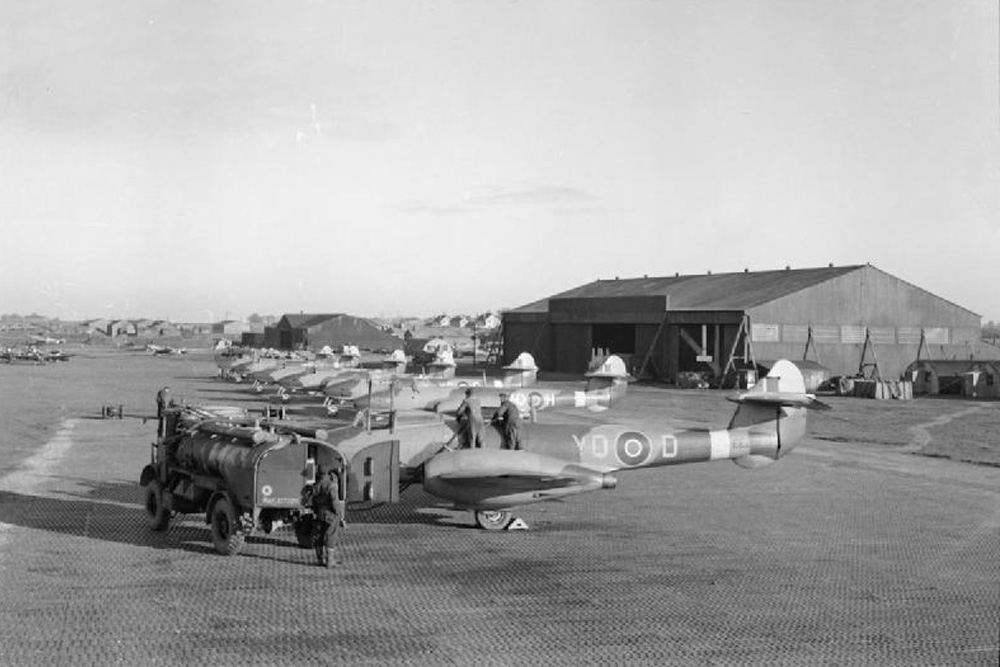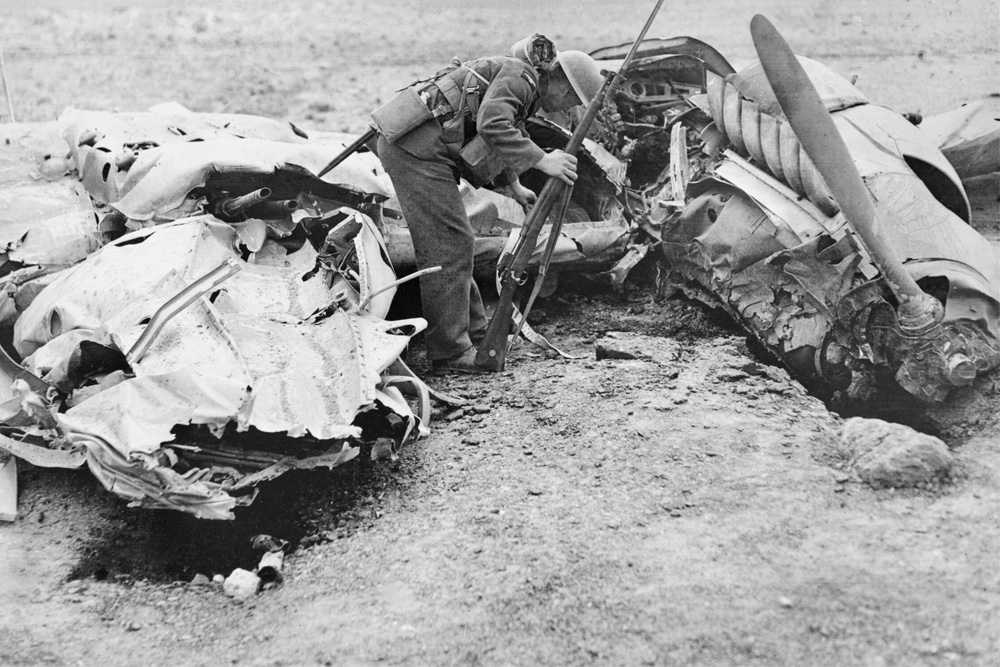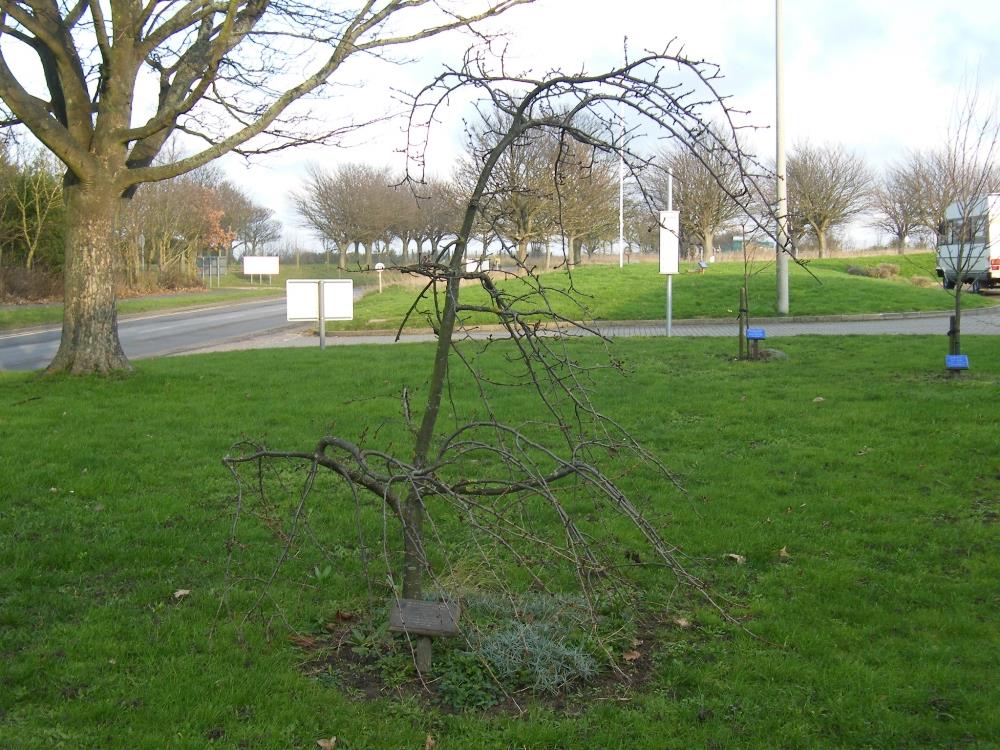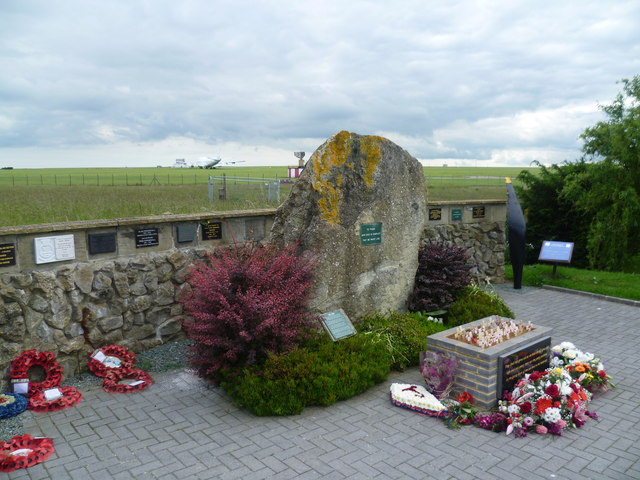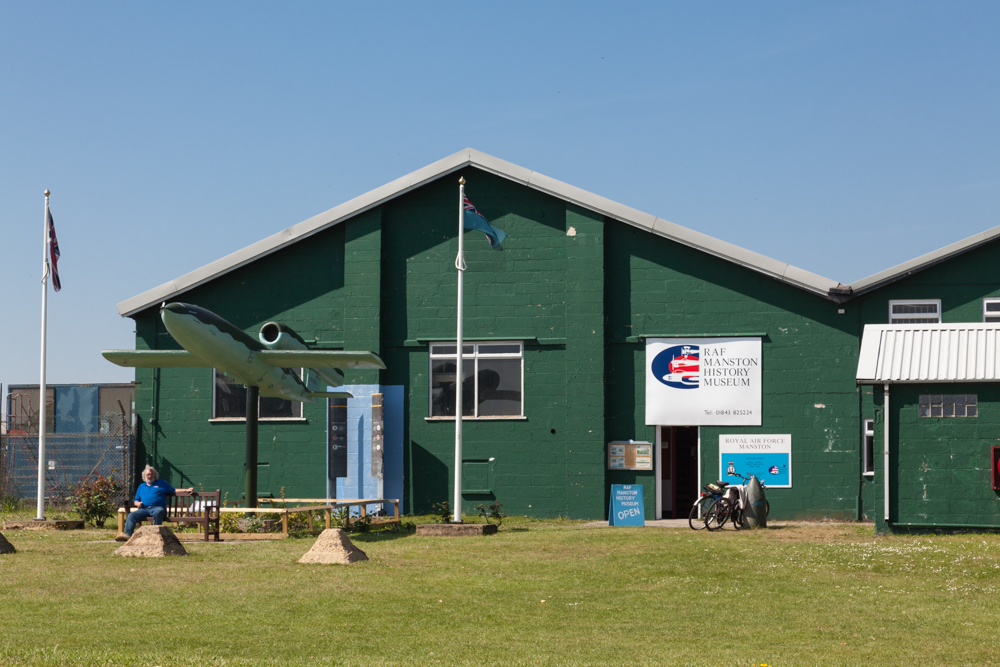RAF Manston
RAF Manston Airfield, established in 1916, was a key RAF base due to its forward position near mainland Europe. During World War II, it played a major role in the Battle of Britain, serving as a fighter station and emergency landing site for damaged aircraft. It also supported Operation Market Garden during the Allied invasion of the Netherlands.
RAF Manston played a key role in the preparations for Operation Chastise, the famous Dambusters Raid of 16–17 May 1943. Lancaster bombers were temporarily stationed at Manston to conduct bouncing bomb trials on a sea range near Herne Bay. These tests were essential in refining the bomb’s mechanics before the final mission against Germany’s Möhne, Eder, and Sorpe dams.
After the war, Manston became a Cold War airbase, housing nuclear-capable aircraft and later serving as a search and rescue hub. It remained operational until 1999, when it transitioned into Kent International Airport, though parts of the airfield continued to be used for military training.
Air units based on RAF Manston:
- No. 11 Group RAF – Part of RAF Fighter Command, responsible for air defense during the Battle of Britain.
- No. 609 Squadron RAF – Operated Hawker Typhoons during World War II.
- No. 616 Squadron RAF – Flew Gloster Meteors, the RAF’s first operational jet fighters.
- No. 3 Squadron RAF – Used Hawker Hunters in the post-war period.
- No. 41 Squadron RAF – Operated Supermarine Spitfires during the war.
- No. 124 Squadron RAF – Flew Spitfires and later transitioned to jet aircraft.
- No. 275 Squadron RAF – Provided air-sea rescue operations.
- No. 322 (Dutch) Squadron RAF – A unit composed of Dutch pilots flying Spitfires.
- United States Air Force (1952–1958) – Used Manston as a strategic base during the early Cold War.
Do you have more information about this location? Inform us!
Source
- Text: TracesofWar
- Photos: IWM (CL 2921)
Nearby
Museum
- RAF Manston History Museum - Ramsgate
- Spitfire and Hurricane Memorial Museum - Ramsgate
- Ramsgate Tunnels - Ramsgate
Point of interest
- V.A.D. Hospital Ramsgate - Ramsgate
- Military Road, Ramsgate - Ramsgate
- Motor Fishing Vessel 617/Starbuck - Ramsgate
Monument
- Gulf War Remembrance Tree - Manston
- Thanet Allied Air Crew Memorial - Manston
- War Memorial Manston - Manston
Cemetery
- Commonwealth War Graves Thanet Cemetery - Minster
- German War Graves Margate - Margate
- Commonwealth War Graves Margate Cemetery - Margate
Fortification
- Pillbox FW3/22 St Nicholas At Wade - St Nicholas At Wade
- Pillbox FW3/22 East Stourmouth - East Stourmouth
- Pillbox Sandwich - Sandwich
